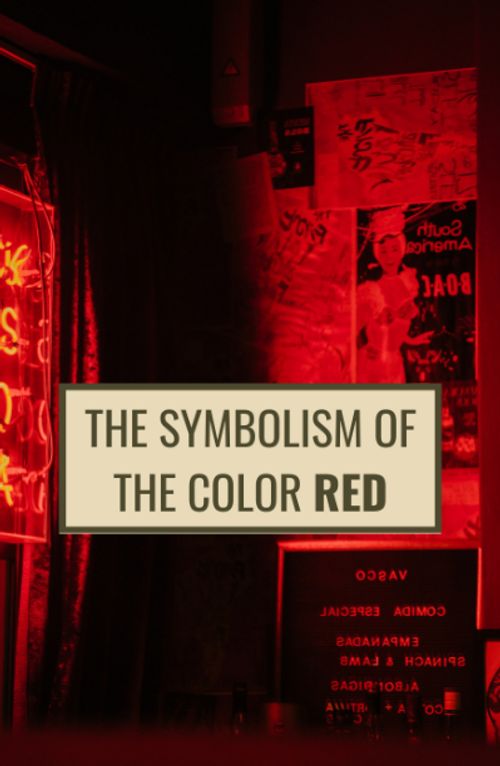How politics changes the meaning of words, symbols - and even colors
Jul 11, 2022 · 2 mins read
0
Share
Julius Evola, an interesting 20th century thinker, wrote that revolutions today don't stand for "something positive" or give life to "autonomous & original forms." What they really do is agitate for "inversion, subversion, usurpation & degradation." But degradation of what?
Save
Share
Evola claimed that modern revolutionary movements take "the principles, the forms, & the traditional symbols" of healthier societies from the past and give them a new spin. He digs into 3 symbols: the color red, the word revolution, & the symbol of the pentagrammic star.
Save
Share
The color red. In Ancient Rome, the Emperor was dressed and dyed in purplish Red to "represent Jove, the King of the Gods." In Catholicism, the "Princes of the Church,” the cardinals, wear a scarlet red robe. Traditionally, red has been linked with hierarchy, order, and power.
Save
Share
In "classical antiquity," fire was linked with the color red, and the "heaven above heaven" was composed of pure fire. Red stood for authority and hierarchy - but in the 20th century it was co-opted by Marxists and made to represent the opposite: equality, masses, and democracy.
Save
Share
The word Revolution. Evola: “Revolution in the primary sense does not mean subversion & revolt, but really even the opposite: return to a point of departure & ordinary motion around a center.” In physics this holds true: a star’s revolution means "gravitating around a center."
Save
Share
A revolution is what keeps a star in a stable orbit - traditional societies imagined a revolution to be a movement that keeps the moral universe spinning in harmony. But today a revolution means moving away from stable centers, continuous churn, and destruction of regularity.
Save
Share
Evola: “Modern Revolution is like the unhinging of the door, the opposite of the traditional meaning of the term: the social & political forces loosen from their natural orbit, decline, know no longer nor center nor any order, other than a badly & temporarily stemmed disorder.”
Save
Share
The Pentagram. The pentagram, a 5 pointed star, traditionally stood for man’s destiny as the microcosm that contained the macrocosm. It represented man as “the image of the world and of God, dominator of all the elements thanks to his dignity and his supernatural destination.”
Save
Share
The star represented man as “spiritually integrated & supernaturally sovereign” - but Marxists took this symbol and changed its meaning. They “terrestrialized and collectivized” it - it went on the flags of USSR and Communist China, becoming “destructive of every higher value.”
Save
Share
Evola: “This degradation of symbols is, for every attentive overview, an extremely significant and eloquent sign of the times.” Symbols are the universal visual language - and this radical transformation of their meanings says something interesting about our age.
Save
Share
0
